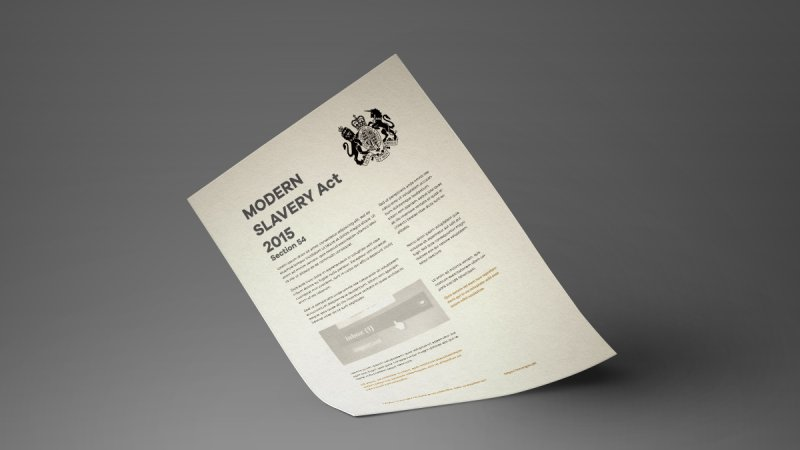Our Modern Slavery Courses
Slavery is not a thing of the past, it is estimated that 40 million people around the world are trapped in modern slavery. Acts such as human trafficking and labour exploitation, both of which are forms of modern slavery, have infiltrated supply chains across the UK and the rest of the world. Section 54 of the Modern Slavery Act was devised to encourage organisations to investigate and report on their own supply chains. It requires certain organisations to publish modern slavery transparency statements. These should provide an overview of the organisation’s structure and supply chain. The statement must include where the business and supply chain operates, who is responsible for anti-slavery and any relevant slavery and trafficking policies. Failure to comply could result in irreversible damage to an organisation’s reputation, legal prosecution and an unlimited fine.
Does Section 54 of the Modern Slavery Act Apply to Me?
Section 54 of the Modern Slavery Act applies to all commercial organisations that supply goods/services and have a total turnover equal to or exceeding an amount set by the secretary of state, currently £36 million. It requires them to publish a transparency statement annually, within six months of the end of the organisation’s financial year.

Requirement of the Act
The statement should include any international supply and trade routes as well as the areas or regions where your organisation operates. In some larger organisations it will be necessary to list the specific areas for different types of trading activity. You should highlight the areas of your business and sections of your supply chain that are at risk of modern slavery. Furthermore, the statement should outline who is responsible for anti-slavery initiatives within your organisation, including any relevant policies. The statement must include: your due diligence process for tackling modern slavery; the performance indicators you use to assess effectiveness and measure risk; staff modern slavery training requirements and any other initiatives you are implementing to combat modern slavery.
The act must be signed by an executive of the organisation, e.g. a director or partner. It must also be published on your organisation’s website accompanied by a prominent link on the homepage. The statement should be clear and written in simple English. Additionally, if your organisation regularly trades with non-English speaking countries then the statement should be readily available in the respective languages.
The act does not strictly require you to implement a strategy to prevent slavery within your supply chain, but simply to investigate and report on it. Organisations are therefore within their rights to publically state that they are doing nothing to combat slavery within their supply chain. However, the inevitable shift in public perception through this demonstration of disregard is worth considering.
Why is Supply Chain Transparency Important?
The logic behind section 54 of the Modern Slavery Act is that the transparency statement will encourage organisations to take proactive steps to eradicate modern slavery from their supply chains. Greater supply chain transparency allows companies to identify and better manage areas of risk. The birth of social media means that brands are more exposed than ever to public critique and the potential accompanying loss of reputation. Additionally, non-compliance could result in a loss of business and damage to shareholder opinions. Furthermore, compliance is important since it is a legal obligation. Education is key in maintaining vital compliance. Regular modern slavery training can help ensure your knowledge is kept up to date and that you are fully equipped to address the risks within your supply chain.

